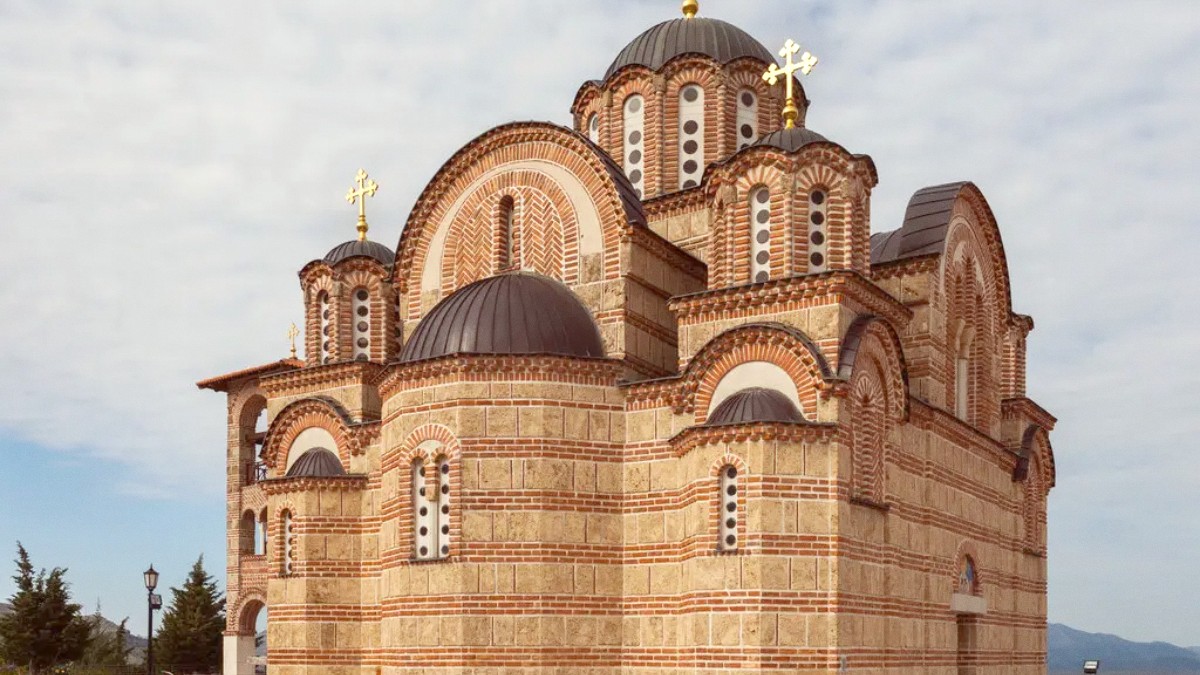
Bosnia Hercegovina
A fusion of Ottoman, Mediterranean, and Central European traditions. Dishes feature fresh, seasonal ingredients, often prepared through slow cooking methods, and boast rich, savory flavors.
Common elements: Lamb, beef, veal (grilled or stewed), fresh local vegetables (tomatoes, peppers, potatoes), dairy like creamy kajmak and salty local cheeses. Spices like paprika, black pepper, garlic, and fresh parsley. Olive oil is common. Lepinja or somun bread accompany meals.
Meals serve as social occasions. People gather to share food, conversation, and drinks. Toasting with rakija is common.
Portions are typically generous. Expect a relaxed pace of service; do not rush your meal.
Breakfast: often lighter. Lunch (1-3 pm): typically the largest meal. Dinner (7 pm onwards): generally lighter, cafes open late.
Small, grilled minced meat sausages, served in lepinja bread with chopped onions and kajmak. Find them at ćevabdžinice.
A staple of Balkan cuisine.
Flaky savory pastry with various fillings: meat, cheese (sirnica), spinach (zeljanica), or potatoes (krompiruša). Available fresh at pekare and burekdžinice.
Excellent for a quick snack or breakfast.
Dolma: stuffed vegetables (peppers, zucchini). Sarma: pickled cabbage rolls with minced meat and rice. Hearty, slow-cooked dishes.
Comforting traditional Bosnian meals.
Kajmak: creamy, rich dairy. Trebinjski sir iz mijeha: unique hard, salty cheese aged in sheepskin.
Tufahija (poached apples with walnuts), Baklava (nutty pastry in syrup), Hurmašice (semolina pastries soaked in syrup).
Limited compared to larger cities. Upscale restaurants, often in hotels, offer refined local and international dishes. Ideal for special evenings.
Numerous options in Old Town, Platani square, or along Trebišnjica River. Offer traditional Bosnian, grilled meats, and some international dishes.
Pekare (bakeries) for quick breakfasts like burek. Ćevabdžinice for affordable grilled meats. Trebinje Green Market for fresh produce.
Offers fresh fruits, vegetables, local cheeses, honey, olive oil, and homemade products. A great place to experience local life.
Authentic local food experience.
Local cuisine dominates. Some restaurants may offer Italian dishes (pizza, pasta) or other European options.
Focus on local Herzegovinian flavors.
Discover fresh produce and local delights.
Taste local Vranac and Žilavka wines.
Ask for favorite spots and dishes.
Taste fresh produce depending on the season.
Most meat served in restaurants is Halal due to the significant Muslim population.
Generally accessible.
Kosher options are very limited. Gluten-free awareness is less common. Focus on naturally GF foods.
Consider a translation card for allergies.
Google Translate or similar apps are useful to communicate dietary needs clearly.
Prioritize naturally allergen-free foods like fresh produce from the market.
Formal cooking classes are limited. Inquire locally for informal demonstrations, especially with guesthouses.
Visit local wineries for tastings. Tvrdos Monastery and Vukoje Winery offer tours and tastings.
Inquire at the Green Market or with locals about direct purchase of olive oil and honey.
Enjoy coffee at small, local cafes for a genuine atmosphere.
Observe daily life.
Few formal community-based tourism projects exist. Authentic interaction comes from visiting the Green Market or staying in family-run guesthouses.
Genuine insights into local life.
Locals provide the best recommendations for authentic culinary experiences.
The Trebinje Green Market is great for tasting local produce.
Dining is a leisurely experience; enjoy the relaxed service pace.
Trebinje offers a blend of Ottoman, Mediterranean, and Central European influences in its cuisine.